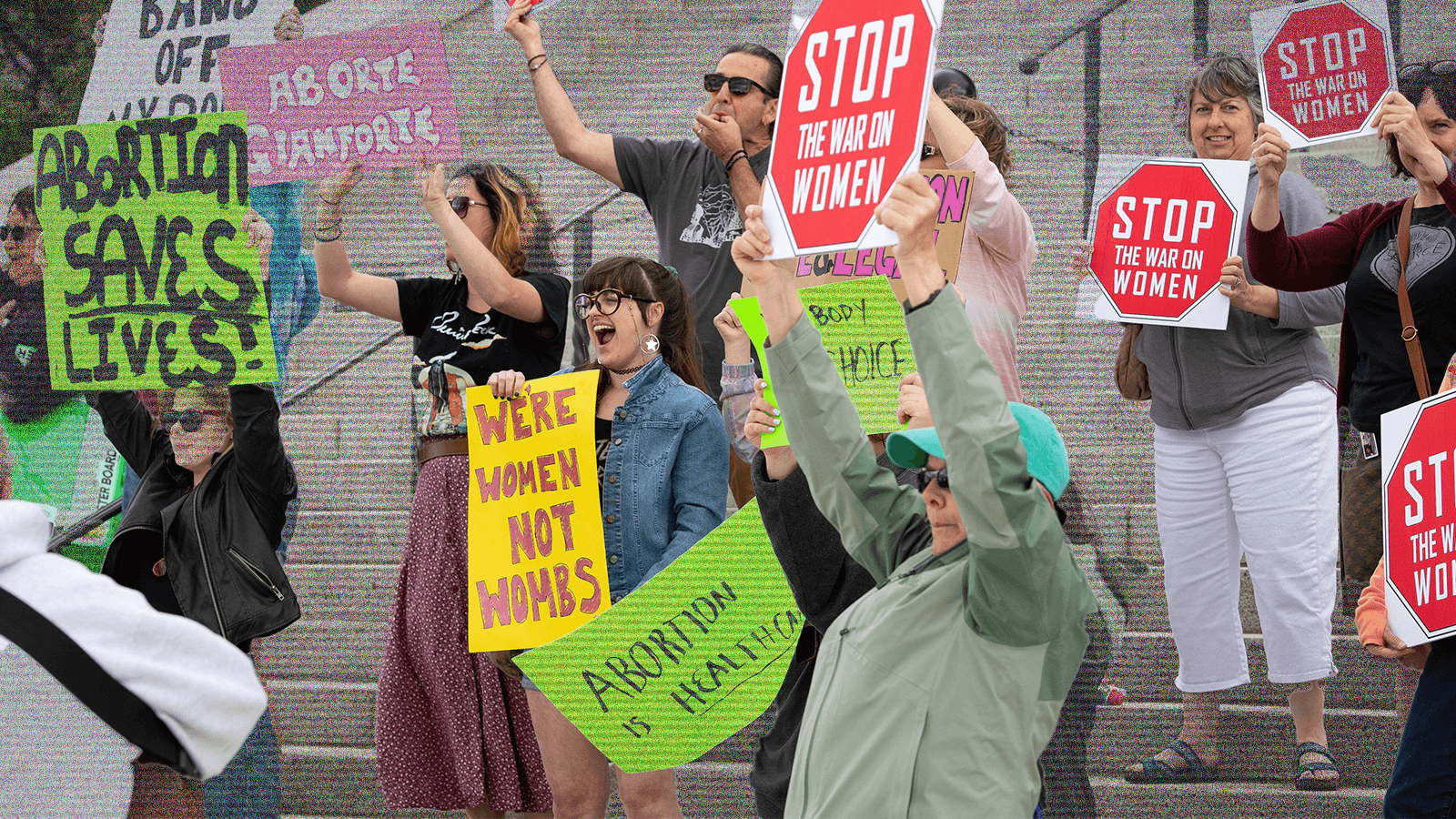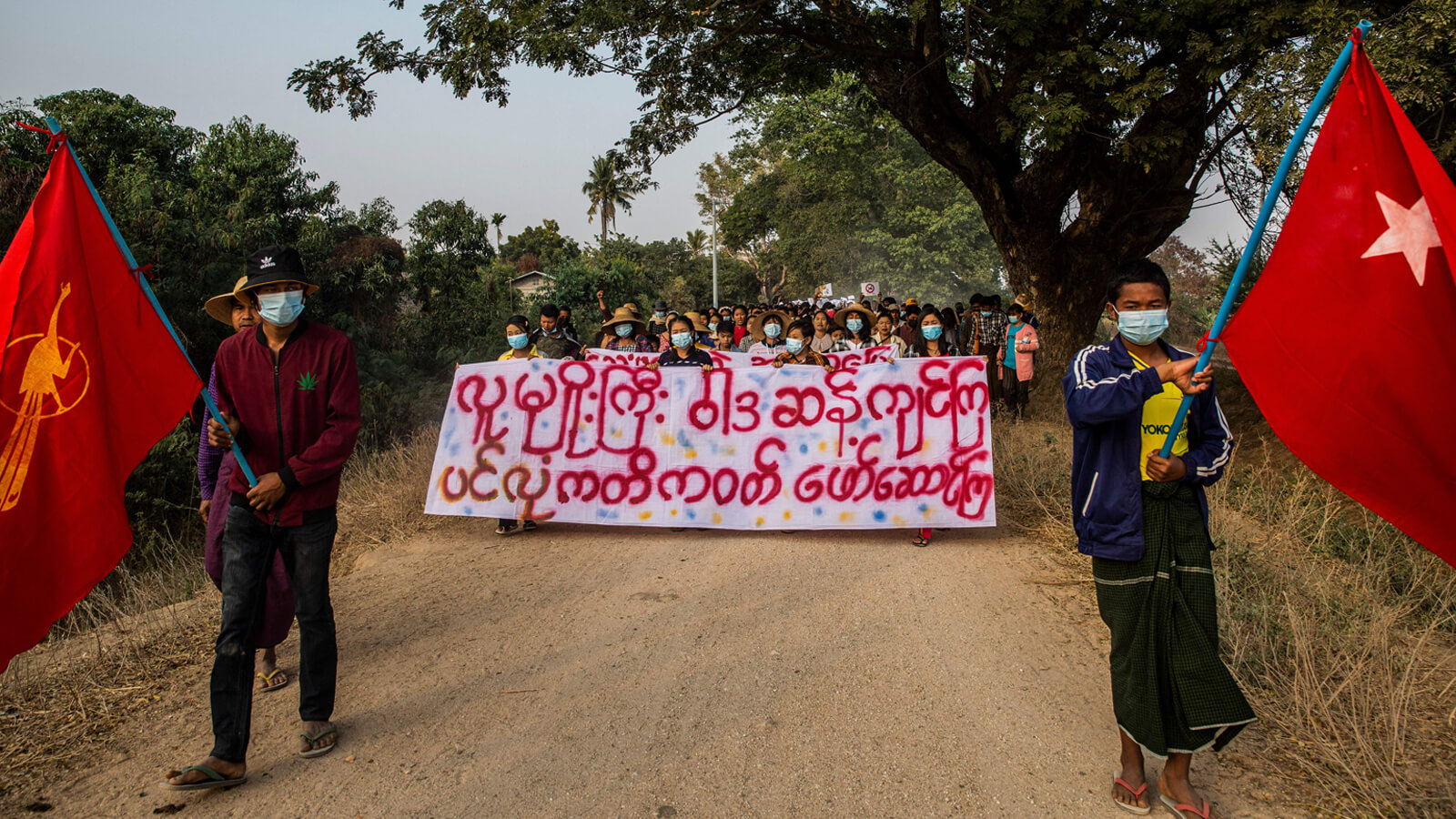The Trump Administration Is Actively Eroding Our Rights – So Why Did So Many Women Vote For Him?
Ahead of the US presidential election on 5 November, the polls told us the race was tied. Yet, in a contest framed as the battle of the sexes, some pundits believed that women voters would edge Kamala Harris over the line. Why? To protect abortion rights, to elect the first woman President and stop a man accused of rape and found liable of sexual abuse from getting back in the White House. “Typical,” I texted a friend. “Always up to women to save themselves…”
In the grip of election fever, I was generalising. I was hopeful. And I was wrong.
Well, not completely wrong. Black women – a demographic long considered to be ‘the backbone of the Democratic party’ – did vote for Harris. However, overall fewer women voted for Harris than Hillary Clinton in 2016. This time, younger women and Latino women moved towards Trump. And many white women did what they nearly always have: voted Republican. Yes, 52% of white women in the US helped to elect a party that oversaw the greatest attack on women’s freedoms in half a century: the overturning of Roe v Wade – the legislation enshrining the constitutional right to abortion – in 2022.
For many, the disconnect is stunning. Why would women vote against their own interests? Why would they endorse a list of measures that will unquestionably make their lives less safe? Aside from engineering the end of Roe v Wade, Republicans have threatened to ban abortion pills and out of state travel for abortion, and have proposed a national ban (bans are currently state-by-state). There have been attacks on IVF, as well as murmurings that pregnancies will be monitored by the state. Threats to defund Planned Parenthood – an organisation that provides a vast spectrum of women’s healthcare services – continue.
And, since the end of Roe in 2022, we’ve seen the very real consequences of abortion restrictions: women are dying. In October 2023, six-months-pregnant Nevaeh Crain, 18, was turned away from three emergency rooms in Texas while suffering a miscarriage, because doctors can face lengthy jail time for breaking the abortion ban. She died from lack of treatment. There have also been cases of medical staff reporting patients to the police, accusing them of inducing a miscarriage.
For many, it seems that women didn’t vote to save themselves in the US election, they voted to put themselves in harm’s way.
Yet according to Lindsay Tremblay, a psychologist at the University of Derby in the UK, for some women, a vote for Trump was a vote for safety – a psychological and economic safety. “[There are] an enormous amount of women who feel a very real sense of, ‘It is safer for me not to suffer the wrath or displeasure of the people in my life who do have absolute autonomy, freedom, privilege, access to an appropriate living wage, etc, than it is for me to risk that disdain,’” she explains. In a patriarchal society, Tremblay suggests, ‘safety’ means aligning with those who have the power, namely men. Even at the cost of other women.
But, I put to Tremblay, the ballot box is private. Votes are secret. A woman’s husband never need to know how she voted. This is a theme the Democrats ran with, launching a campaign ad voiced by Julia Roberts reminding women that “what happens in the booth, stays in the booth”.
Yet, Tremblay, says, this could lead to cognitive dissonance – a psychological state in which we are “acting outside integrity”, whereby our beliefs or values are contradictory to our actions. “And anything that encourages us into a position of cognitive dissonance is possibly deemed to fail,” she says. Trying to get women to vote for Harris when they feel in their gut they should protect their own economic security can leave them feeling extremely uncomfortable. When the ad campaign hit, men on the right were furious. This response may well have reinforced the unease some women were feeling.
For many of us, the reality of women electing an administration that will undermine women’s rights particularly stings from a feminist lens. What about the sisterhood? What about the fact that women of Colour are disproportionally impacted by abortion bans and healthcare restrictions?
On election night, seven conservative states actually voted to strengthen abortion access, including Missouri, which had one of the most extreme abortion bans in the country. Unquestionably, this was a victory for those of us who believe in reproductive freedom, but it came with a caveat. As women were voting to expand abortion rights in their own state, at the very same moment they were choosing not to vote for the first Black woman President, but for Trump – a man famed for racist and misogynistic rhetoric. These votes weren’t an endorsement of women’s liberation; they were, at best, tactical necessities to protect individual needs and at the very worst, laced with racist intent, conscious or otherwise.
Ultimately, Tremblay suggests, we can’t really know why people tick whatever box they do: “There are too many moving pieces, variables such as your core values, the dynamic of your relationships, experiences, personal healthcare needs, community.” And, she says, we need to consider our own response: “We can become entrenched in our own values… It can be really blindsiding to realise that what is so obvious and central to us does not hold the same position of prominence for someone else.”
So, what now? As activists, lawyers and women’s groups continue to find ways to help women access the care they need, and as the threat of more unnecessary deaths looms, we must work not to ostracise women who voted in ways we can’t fathom but to better understand them. “We don’t live single-issue lives,” wrote activist and academic Audre Lorde. Perhaps the lesson of 2024 is to recognise more clearly the multitudes of the women around us, and the society which has shaped them.
Marisa Bate is a London-based journalist, author and women’s rights advocate who contributes to publications including The Guardian, The Times, the iPaper and Vogue. She is the author of several books including And Still We March: A Search For Women’s Freedom




